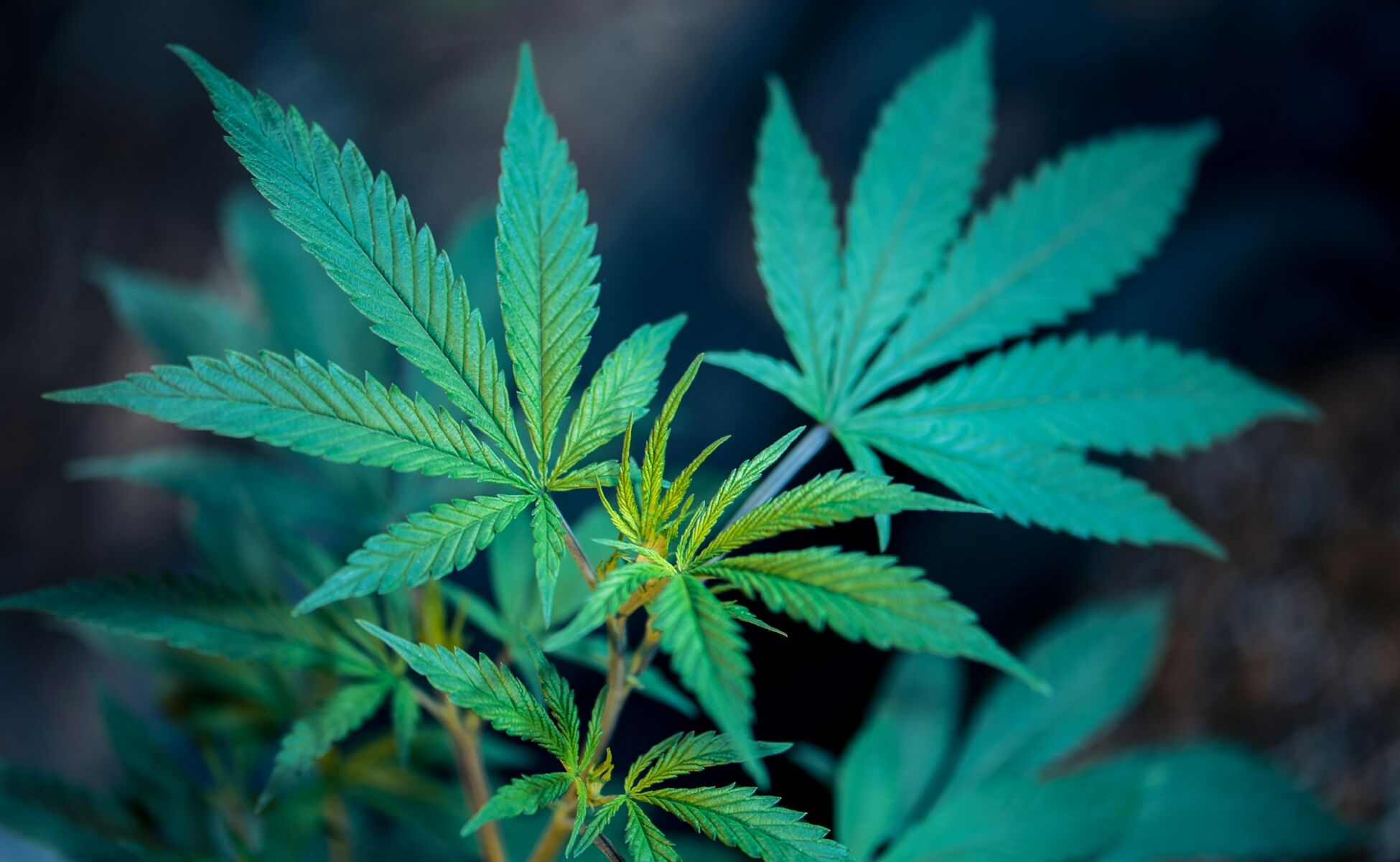Cannabis & athletes: The good, the bad, & the impact

Exploring the impact of cannabis on athletic performance has become a hot topic in the sports world. With around one in four athletes reported to have used cannabis in the past year, the conversation around its effects, both positive and negative, is more relevant than ever.
Despite the widespread use and interest, the truth about cannabis’s role in sports performance and recovery remains a puzzle. While some athletes believe it could hinder their abilities, others speculate about potential benefits, including pain relief and psychological advantages. Dive into the heart of this debate as we unravel the facts and myths surrounding cannabis use in the athletic arena.
Cannabis and exercise: The evidence
Exploring cannabis’s effects on athletes reveals a complex picture, particularly when considering the act of working out while being high. The relationship between cannabis and physical performance is not straightforward, and the evidence to date presents a nuanced view.
In the quest to understand how cannabis for athletes might impact their capabilities, research presents some critical insights. Early studies focused on individuals with cardiovascular issues indicated a decrease in their ability to withstand exercise after consuming cannabis. Specifically, research by Aronow and Cassidy in the mid-1970s found that patients reached exhaustion more quickly during exercise tests post-cannabis use. This foundational work suggested that cannabis could negatively affect endurance.
Transitioning the focus to healthy participants, subsequent studies echoed these findings, albeit with nuanced differences. One pivotal study demonstrated that, at a consistent heart rate, participants’ capacity to exert effort was compromised following cannabis consumption. This led to the conclusion that maximal exercise performance could be impaired as a result. A significant piece of research by Renaud and Cormier in 1986 went further, showing that healthy individuals couldn’t maintain exercise for as long during increasingly challenging tests, providing clear evidence that cannabis adversely affects maximal exercise performance.

| Study Year | Authors | Key Finding |
|---|---|---|
| 1974-1975 | Aronow & Cassidy | Patients with cardiovascular issues showed decreased endurance. |
| 1975 | Steadward & Singh | Healthy participants had reduced effort capacity at a given heart rate. |
| 1986 | Renaud & Cormier | Direct evidence of cannabis impacting maximal exercise detrimentally in healthy individuals. |
Despite the intrigue surrounding cannabis’s effects on athletes, it’s evident there’s a gap in understanding specific interactions, especially concerning athlete safety and health risks. The dearth of comprehensive research on cannabis use before exercise suggests a need for caution. Sporting figures and athletes themselves should remain vigilant for emerging studies that could shed further light on cannabis’s role in sports performance and recovery. As it stands, with the substance being banned in competitive sports and the potential risks involved, the advice leans towards avoiding cannabis in conjunction with exercise.
Cannabis is not a performance enhancer.
When diving into the effects of cannabis on athletes, it’s crucial to shatter a common myth: cannabis does not boost athletic performance. Despite anecdotes praising the benefits of working out while being high, the scientific evidence leans heavily towards a more sobering reality.
Cannabis, containing THC, primarily works on the neurological system, influencing perception, mood, and consciousness. While some athletes report improved focus and reduced anxiety, these subjective experiences do not equate to enhanced physical abilities. Researchers have pointed out significant drawbacks that put a dent in any performance-boosting claims.
One of the primary concerns is the impact of cannabis on endurance. THC-rich strains have been shown to impair one’s ability to engage in long-duration exercises. This isn’t merely about feeling tired; it’s about your body’s capacity to sustain effort over time. If you’re aiming to surpass your limits in endurance sports, introducing cannabis into your regimen might hold you back rather than propel you forward.
Another aspect to consider is the maximal exercise performance. Studies underscore that cannabis consumption can hinder an athlete’s peak performance levels. Especially in sports requiring quick reflexes and sharp coordination, being under the influence could mean missing that crucial goal or faltering at the final hurdle.
While some individuals might argue that cannabis aids in recovery or pain management, making the distinction between therapeutic use and performance enhancement is essential. Using cannabis for post-exercise recovery may have its place, but it’s a leap to then view cannabis as a shortcut to athletic excellence.
Contrary to popular belief, excelling in your chosen sport is less about finding a magical enhancer and more about dedication, training, and mental fortitude. If your goal is to improve your athletic prowess, focusing on proven methods like structured training programs, balanced nutrition, and ample rest might yield better results than turning to cannabis as a potential performance booster.

Uses, benefits, and side effects of training with cannabis
When incorporating cannabis into your training regimen, it’s crucial to weigh the potential benefits against the possible side effects. Understanding how cannabis affects your body can help you make informed decisions about its role in your athletic pursuits.
Benefit 1: Reduce inflammation
Many athletes turn to cannabis for its anti-inflammatory properties, which numerous studies have supported. CBD, a non-psychoactive compound found in cannabis, plays a significant role in regulating inflammation. This can be particularly beneficial for managing tissue and organ damage from extended physical exertion or injury. By controlling inflammation, you’re not just alleviating pain but also aiding your body’s recovery process, making it an attractive option for athletes looking to enhance their recuperation.
Benefit 2: Ease soreness and pain
Cannabis’s effects on athletes include its ability to relieve pain, ranging from mild soreness to severe discomfort caused by intense physical activity. Its analgesic qualities can assist in managing the discomfort associated with the muscle breakdown inherent in rigorous training. This characteristic of cannabis is valued for its potential to reduce reliance on traditional painkillers, which may have undesirable side effects or lead to dependency.
Benefit 3: Treat muscle spasms
Athletes, particularly those involved in sports that demand high levels of physical stress, often experience muscle spasms. Cannabis has been recognized for its efficacy in alleviating these involuntary muscle contractions. This can not only enhance comfort during recovery periods but also prevent spasms from hindering performance during training or competition.
Benefit 4: Improve sleep
Adequate rest is essential for optimal athletic performance, and cannabis is famed for its sleep-enhancing attributes. By improving the quality of your sleep, cannabis can play a vital part in your body’s healing process, ensuring you’re well-rested and ready for the challenges of your next training session.
Benefit 5: Improve mental acuity
The notion of working out while being high may raise eyebrows, yet some athletes report heightened focus and reduced anxiety when they incorporate cannabis into their training regimes. This improved mental state can be particularly advantageous in sports where concentration and clarity are paramount.
Risk 1: Damage to lungs
For athletes considering smoking or vaping cannabis, it’s important to consider the impact on lung health. Inhalation methods can lead to respiratory issues, including wheezing and coughing, which could compromise your athletic performance and overall well-being.
Risk 2: Impair motor skills
THC-rich cannabis strains have the potential to impair coordination and reflexes, factors critical in many sports and training activities. Understanding how your body responds to cannabis is crucial to preventing any negative impact on your athletic performance.
Risk 3: Increased likelihood of chronic depression
While some athletes use cannabis for its mood-enhancing effects, it’s important to be aware that chronic use has been linked to an increased risk of depression. Everyone’s response to cannabis varies, so monitoring your mental health and seeking professional advice when needed is advisable.
Incorporating cannabis into your training routine requires a balanced approach, taking into account both its advantages and drawbacks. By carefully considering how cannabis interacts with your body and athletic goals, you can make informed choices that support your overall health and performance.

Marijuana and athletic performance
Navigating the terrain of cannabis use in sports isn’t straightforward. You’ve seen how it doesn’t boost performance in the ways some might hope, especially in disciplines demanding sharp reflexes and endurance. Yet, it’s not all about the downsides. The potential for cannabis to alleviate pain, reduce inflammation, and aid recovery introduces a compelling argument for its place in an athlete’s regimen. Remember, it’s about striking the right balance. Considering both the benefits and the risks is crucial before making it a part of your training. Ultimately, your health and performance goals should guide your decisions in this complex field.
Latest Thailand News
Follow The Thaiger on Google News:


























